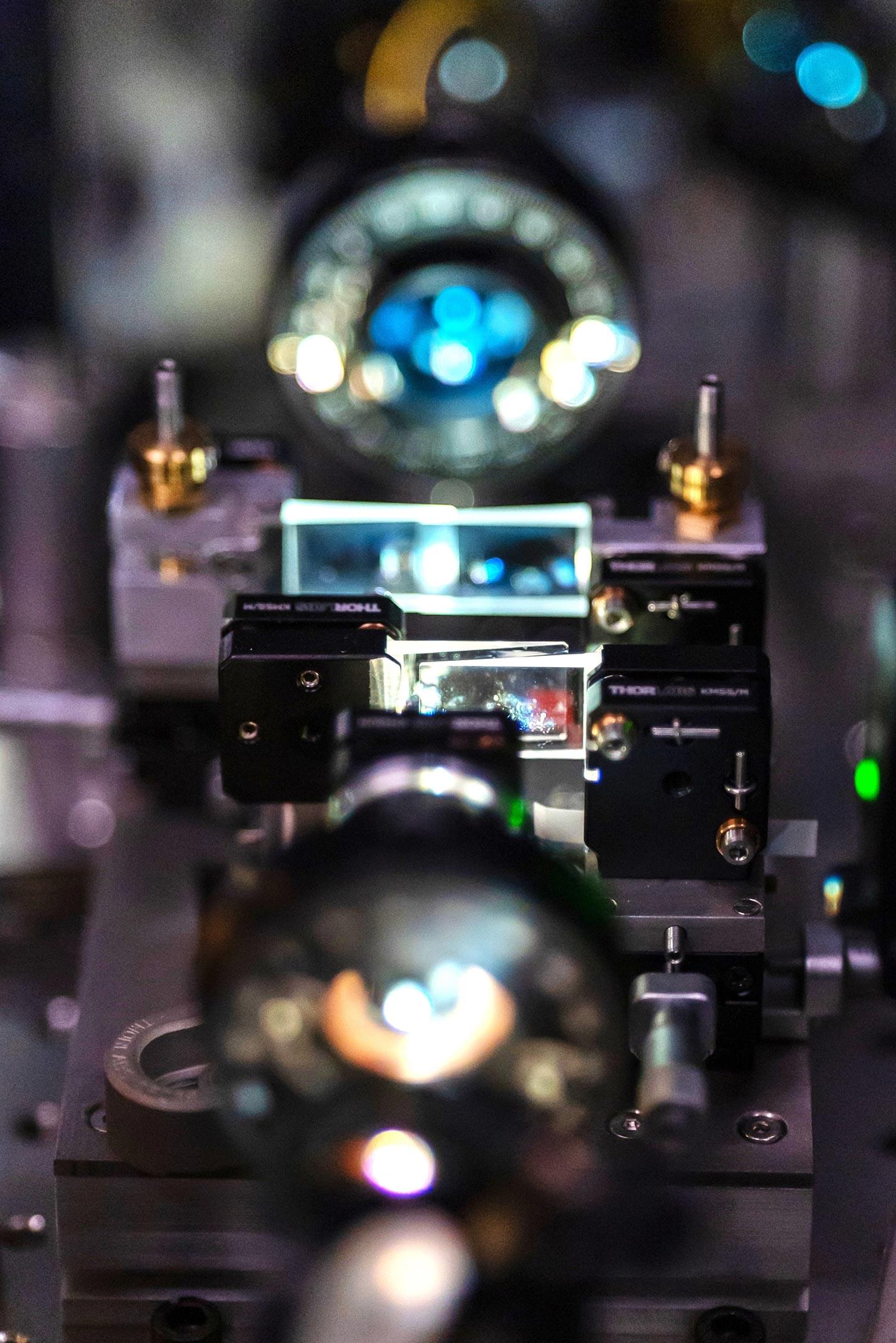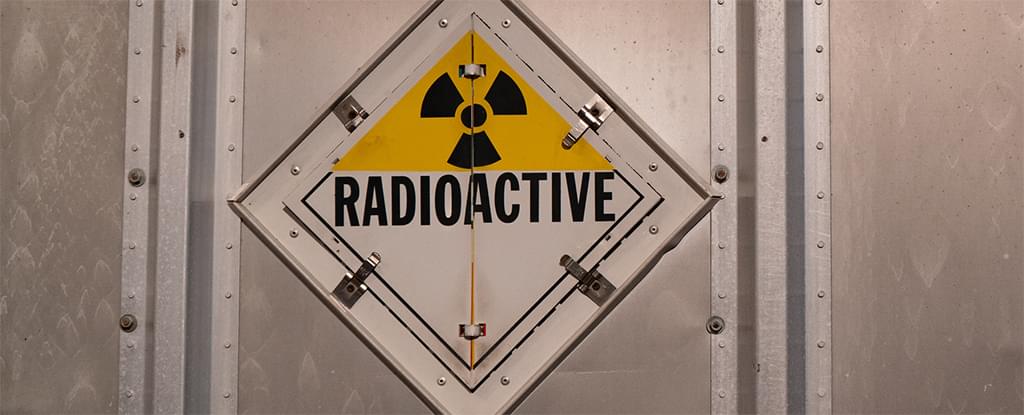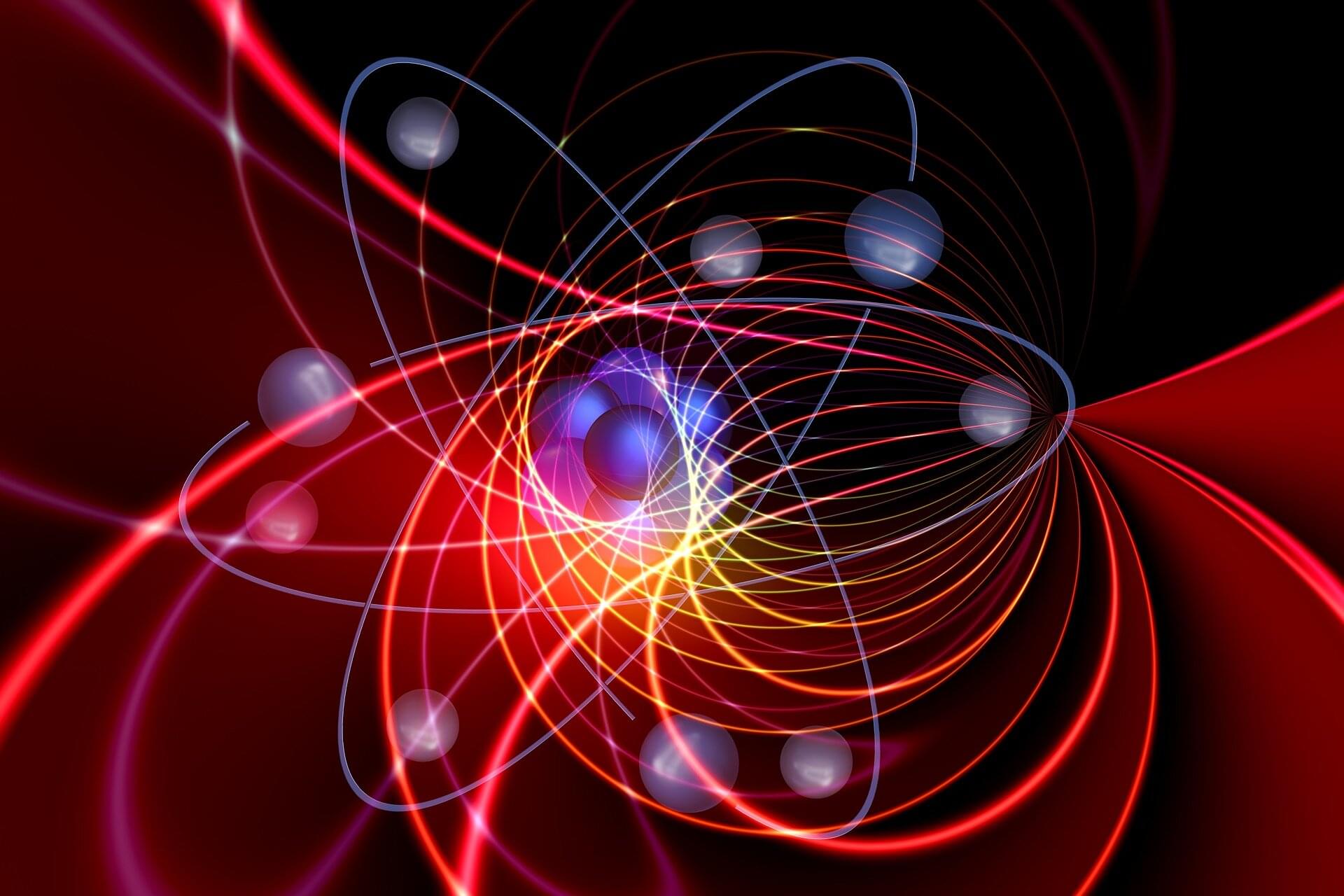All eyes will be on Nvidia’s GPU Technology Conference this week, where the company is expected to unveil its next artificial intelligence chips. Nvidia chief executive Jensen Huang said he will share more about the upcoming Blackwell Ultra AI chip, Vera Rubin platform, and plans for following products at the annual conference, known as the GTC, during the company’s fiscal fourth quarter earnings call.
On the earnings call, Huang said Nvidia has some really exciting things to share at the GTC about enterprise and agentic AI, reasoning models, and robotics. The chipmaker introduced its highly anticipated Blackwell AI platform at last year’s GTC, which has successfully ramped up large-scale production, and made billions of dollars in sales in its first quarter, according to Huang.
Analysts at Bank of America said in a note on Wednesday that they expect Nvidia to present attractive albeit well-expected updates on Blackwell Ultra, with a focus on inferencing for reasoning models, which major firms such as OpenAI and Google are racing to develop.
The analysts also anticipate the chipmaker to share more information on its next-generation networking technology, and long-term opportunities in autonomous cars, physical AI such as robotics, and quantum computing.
In January, Nvidia announced that it would host its first Quantum Day at the GTC, and have executives from D-Wave and Rigetti discuss where quantum computing is headed. The company added that it will unveil quantum computing advances shortening the timeline to useful applications.
The same month, quantum computing stocks tanked after Huang expressed doubts over the technology’s near-term potential during the chipmaker’s financial analyst day at the Consumer Electronics Show, saying useful quantum computers are likely decades away.







